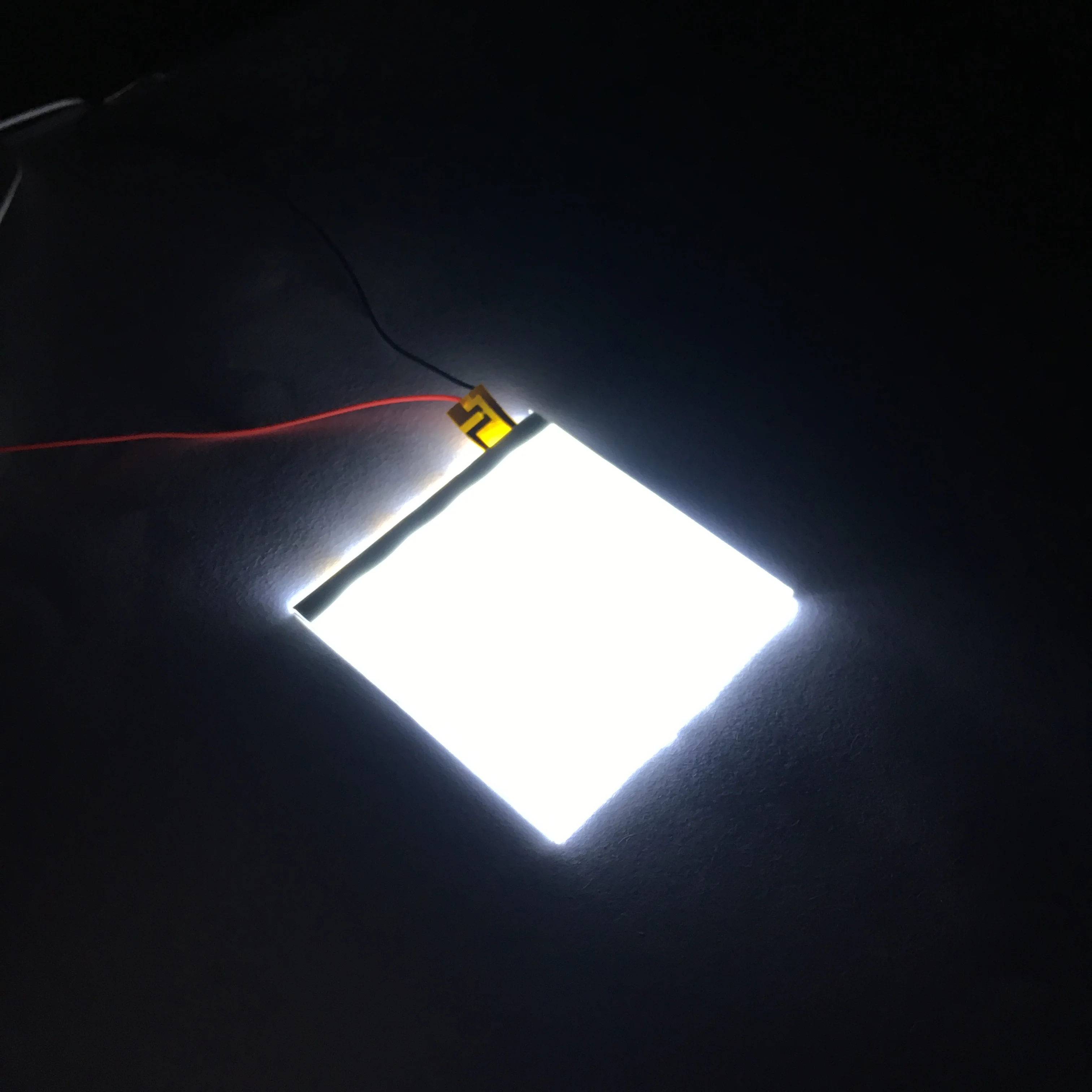

#BACKLIT LED LIGHTS TV#
The better TV reviews, like ahem those here on CNET, will talk about all this, so you're not duped into paying for a "feature" that's little more than a check mark on a spec sheet. Or to put it differently, the best LCDs on the market have the best local dimming, allowing them to rival plasmas on the picture quality front. Good local dimming, however, can make a punchy image, with lots of apparent depth and realism.


At best, it does little to improve the picture. Bad local dimming can, at worst, just be marketing hyperbole. By extension, there's no way to tell how good its local dimming will be. Though backlit local dimming is theoretically the best, some edge-lit models (like last year's HX850) do such a good job with their less-than-ideal LED placement that they can look fantastic.Īs I mentioned at the top, there's no easy way to tell, just by looking at a spec sheet, what kind of backlight a TV has. Since contrast ratio is the most important factor in picture quality, the better the local dimming, the better the apparent contrast ratio of the TV. Vizio is claiming some of it's 2013 TVs have local dimming, but David Katzmaier recently tested one such model, the E420i-A1, saying "Sure, black levels get darker, but the trade-off in shadow detail is one I'm not willing to make," and concluded that its "local dimming does nothing to improve picture quality."Įdge-lit LED LCDs look cool and are energy efficient, but have wildly different picture quality potential. At CES 2013, Samsung's only such TV announced was the insanely-expensive Ultra HD showpiece UN85S9, while Vizio once again went with edge-lighting for its flagship. are Samsung and Vizio, and neither has sold a full-array local-dimming LED TV for the last couple years. The two biggest-selling TV makers in the U.S. It "the best, and maybe the last, local-dimming LED TV to bear the Sony name." The only other local-dimming LED LCD was the Sony HX950, which was excellent, and is still current. The LG LM9600 wasn't great last year, and LG has yet to announce any full-array local-dimming TVs for 2013. The Elite by Sharp looks amazing, but came out in 2011 and hasn't been updated (with no rumors of a replacement on the horizon). By only lighting the areas of the screen that need it, the contrast ratio skyrockets. Here you can see an actual image of what a full-array local-dimming LED looks like, when the LCD portion isn't creating an image.
#BACKLIT LED LIGHTS FULL#
The full local-dimming aspect means the TV is able to dim zones behind the dark areas of the screen in fairly specific areas to make the image really pop, drastically increasing the apparent contrast ratio. Like the "direct-lit" TVs, these have their LEDs behind the screen (the image above for direct-lit works as a visual aid for this type as well). This is the ultimate LED LCD, offering performance that rivals the better plasmas. Uniformity is generally better than edge-lit displays, but because there's no local dimming at all, the native contrast ratio is limited to the LCD panel itself (which is typically much lower than the native contrast of a plasma TV). The least expensive LED LCDs use this method, as do most of Sharp's ultra-massive LED LCDs. They work instead as a uniform backlight, like most CCFL LCDs. The LEDs are arrayed on the back of the TV, facing you, but there is no processing to dim them individually. Nearly all "backlit" LED LCDs use this method. If this were a real image of a direct-lit LED LCD, there would be far fewer individual LEDs.


 0 kommentar(er)
0 kommentar(er)
